20 Movies: Raiders of the Lost Ark
"It's not the years, honey, it's the mileage."
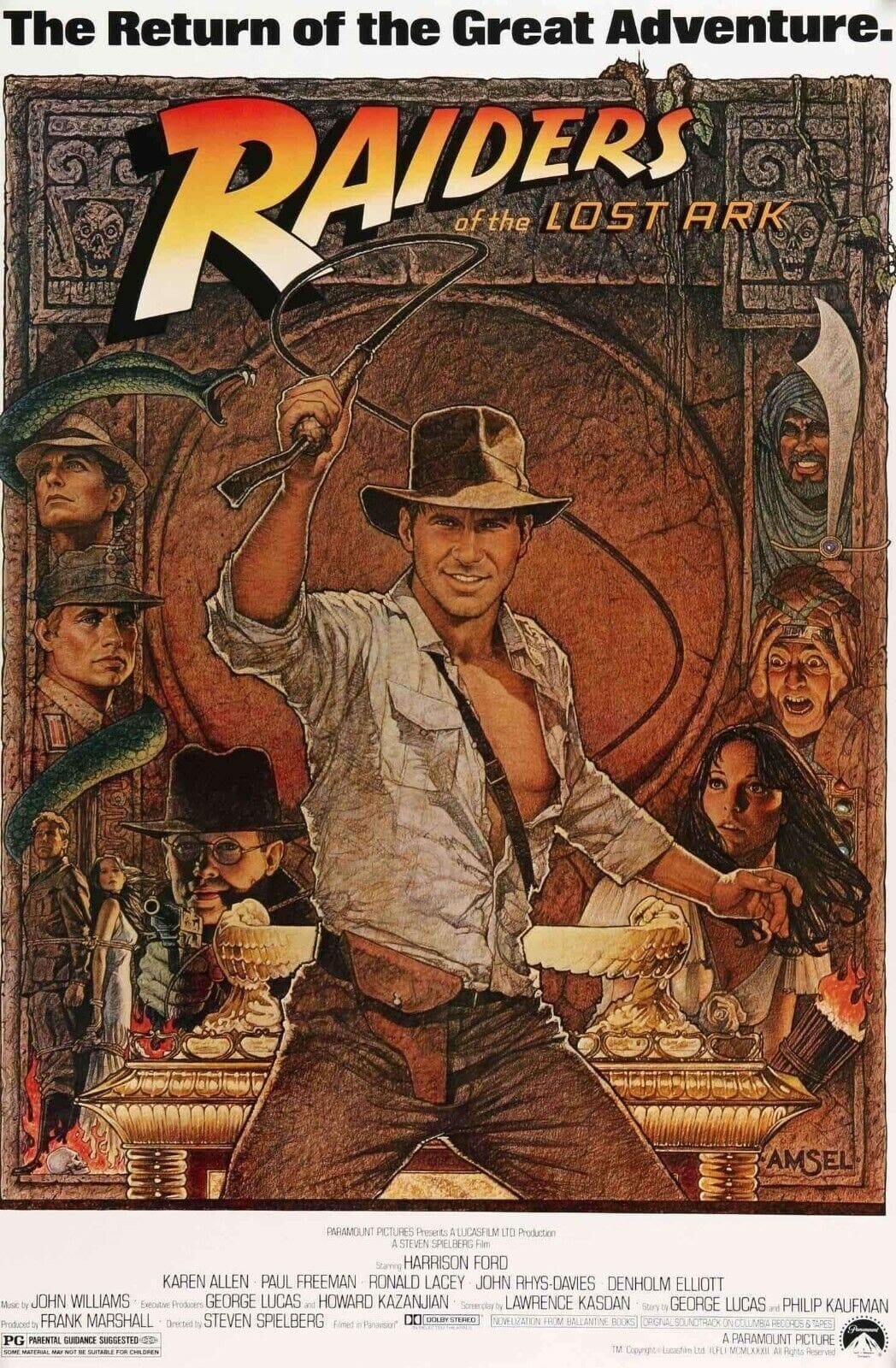
In 1936, and an intrepid, two-fisted archaeologist and adventurer, Dr. Henry “Indiana” Jones, races across the globe, following a string of ancient clues, in an effort to beat the Nazis to a religious relic, a long-lost piece of biblical antiquity which could tip the very balance of power, an item that Hitler intends to use to bring the entire world to its knees.
This is another movie where it is not my first time watching it…
Like with Star Wars, if you know me, then this is an obvious choice for the second film on my 20 Most Influential List. There really isn’t any other movie that could occupy this spot other than this one… Raiders of the Lost Ark. These days it’s called Indiana Jones and the Raiders of the Lost Ark, but unlike Star Wars’ latter day name change, I approve of this one.
It fits with the pulp fiction serial roots of the story.
I'm posting about this film because there’s this thing happening on Bluesky–which, if you're not familiar because you're not terminally online, it’s one of the Nazi-free replacements for Twitter–and the thing that is happening is just a basic social media trend-game. The idea is you choose 20 movies that greatly influenced you, and then you post the poster of each one, one per day, for 20 days. No reviews, no explanations, just posters.
So, I’m doing that.
But I also wanted to talk about them too.
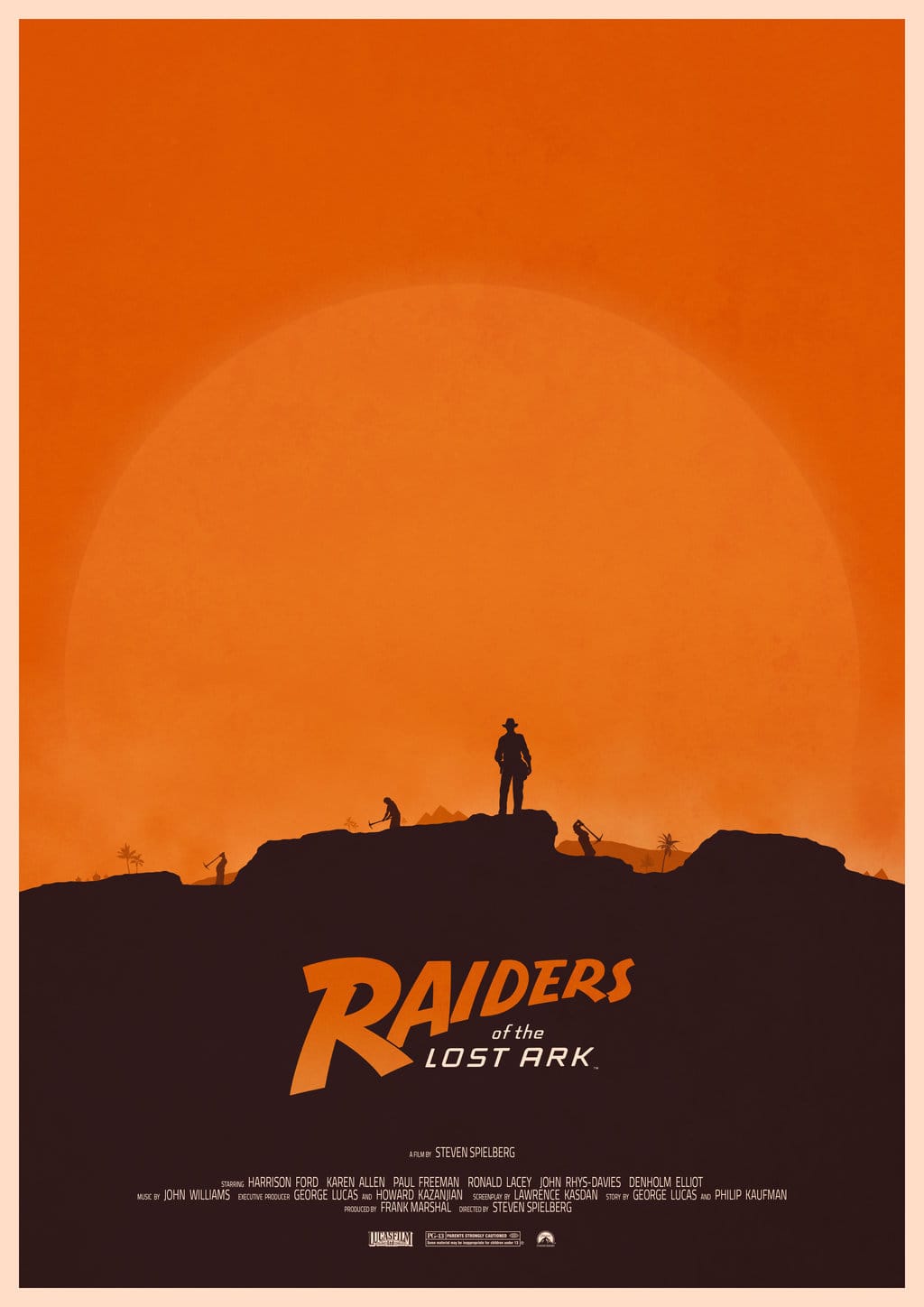
I've already gone into my love of this series when I was talking about Indiana Jones and the Dial of Destiny. And it's true, like so many others of a similar age, I love Indiana Jones. Love, love, love. I love it so much, I will make excuses for Dial of Destiny and even for Crystal Skull too.
I mean… not many, but y’know… some.
From the first moment I heard the clarion call of pure adventure sound out when that theme song started, I wanted to be an archeologist from then on. This dream only lasted until I realized archeologists don’t get into regular fistfights with Nazis, and they usually don’t carry bullwhips either, but still... for a time, I was all in. Like Star Wars, there’s just no denying the hold this franchise has over some of us. It’s a hold so powerful, there are still guys out there who are wearing a fedora, just like... out to regular places, like with shorts and sandals and shit, as if it’s a normal look that looks good, that’s how much this film has melted out some of our brains.
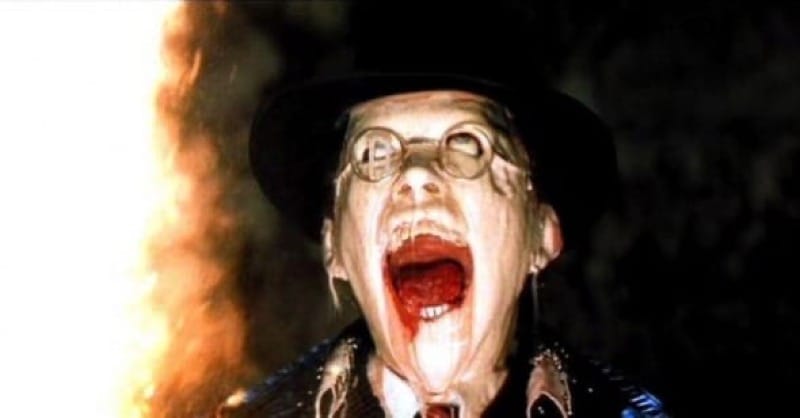
Raiders of the Lot Ark was the first film to introduce me to the idea of “pulp era characters” both old and new, classic and reimagined, an idea I love to this day.
The successors to penny dreadfuls and dime novels of the 19th century, and the predecessor to modern superhero comics and hard boiled detective novels, pulp magazines—so called due to the cheap wood pulp paper they were printed on–were inexpensive fiction magazines. Known for lurid, exploitative, and often sensational subject matter, they gave rise to the term “pulp fiction,” with all of its implications, due to the public’s perception at the time that these magazines only published low-quality literature. It was the paper shortages during WW2 that were the beginning of the end of the pulp magazine market, with television putting the final nail in the coffin. This collapse sent shockwaves though the publishing landscape, because these magazines were the best option for a lot of writers to support themselves by selling their short stories (a market that is basically gone these days), and the loss of that income then drove a lot of those writers into the Golden Age television.
But at its height, these magazines were choke full of heroes, far-striding voyagers and brilliant detectives, masters of ancient secrets and strange new super sciences, daredevil pugilists and stalwart righters of wrongs, all of them on larger-than-life globe-trotting adventures, facing mad scientists, criminal masterminds, hooded menaces, slick mobsters, evil armies, vicious cults, otherworldly threats, primeval monsters, giant robots, and sometimes maybe just an angry gorilla.
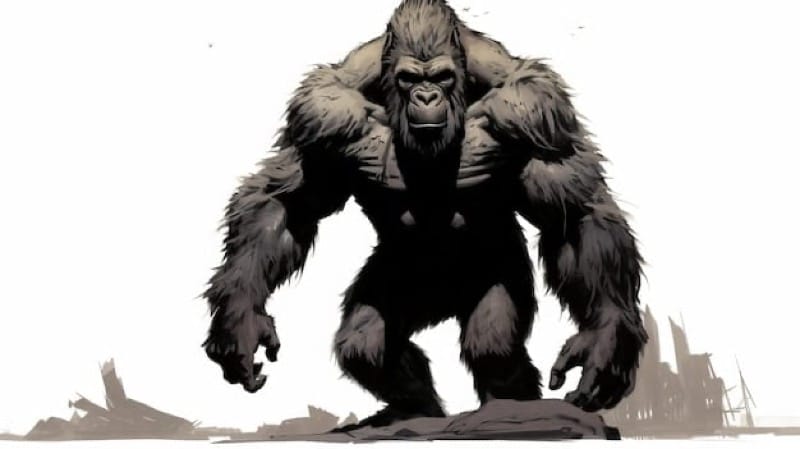
A product of the time, as well as the society we live in, these stories usually featured male protagonists, all of whom possessed an extraordinary nature, like a preternaturally sharp mind, incredibly honed instincts, strange mystical abilities, or impressive physical attributes, all beyond the ken of mortal men. More often than not, they possessed all of those things. They are usually known for having big personalities, and their tendency to operate outside of the law. They usually have a support team of sorts, or a network of agents and informants. They could be found in mystery or crime stories, in science fiction, horror, or fantasy, and in war or espionage, and western tales.
In a nutshell, their exploits are all stories of high adventure.
The progenitor of the modern superhero, before Batman, there was The Shadow, The Spider, Zorro, and The Man of Bronze himself, Doc Savage. Before the world-hopping hero Adam Strange, there was John Carter. Before blind heroes Daredevil or Doctor Mid-Nite, there was Black Bat. And before Superman, there was Black Terror, and of course, the very first superhero, that polymathic scientist, explorer, detective, and warrior who "rights wrongs and punishes evildoers,” Doc Savage.

It’s a character template and a storytelling style that is still used today.
Raiders of the Lost Ark fits that mold because it takes place in a world where archeologists are these rough and tumble, globetrotting grave robbers and Nazi fighters, quick on their feet, quick with their fists, and quick with their guns, and Indiana Jones is one of the best. He’s clever, well-read, and daring, an adventurer through and through, he’s a man almost as good at giving out beatings as he is at taking them, a man just at home amongst the dusty tomes of old libraries and the weirdly complex death-traps of forgotten temples, as he is in the back alley bars and shady black markets of the less-reputable ends of the world. He is as used to rubbing shoulders with academics and alumni, as he is spies, criminals, and bloody-handed warlords.
First conceived by George Lucas in the early 70s as a modern homage to the serial films of the early 20th century, he developed the idea with Philip Kaufman, who is credited as the one who suggested the Ark as the film's macguffin. They brought in Spielberg to direct in '77 after Star Wars, and Lawrence Kasdan to write the script not long after that. Principal photography began in June of 1980 with a budget of only twenty million dollars—minuscule by today’s standards, but at the time was enough to make most studios balk—and filming concluded in September of that year. Released in 1981, the film went on to become the highest-grossing movie of the year, playing for a full year in some theaters. It was also a critical success, and was nominated for several awards, winning five Oscars, seven Saturns, and one BAFTA, amongst others, and in 1999, the U.S. Library of Congress selected it for preservation in the National Film Registry.
A breathless, breakneck spin around the world, a whirlwind of fun and adventure, Raiders of the Lost Ark is considered one of the greatest films ever made.
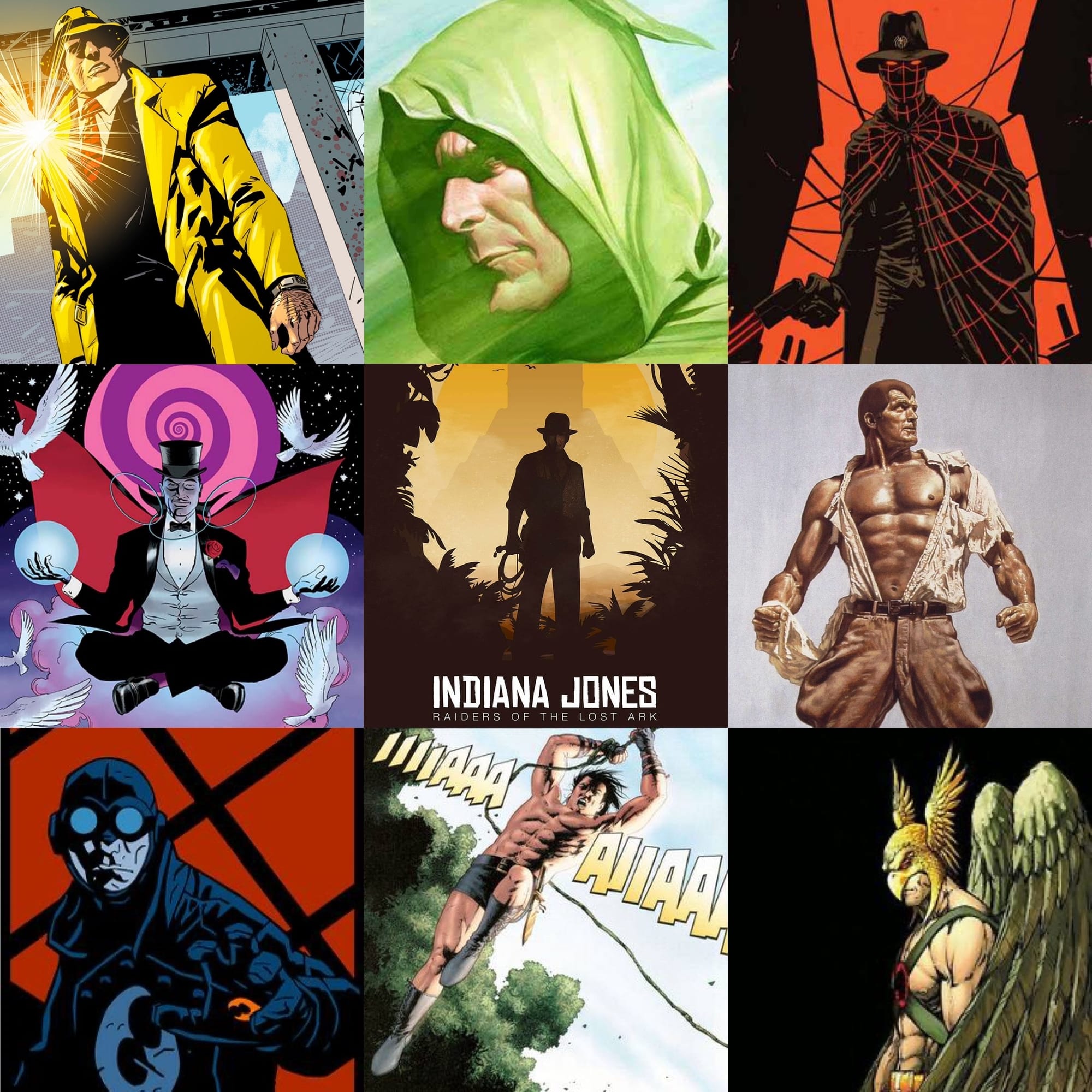
Raiders of the Lost Ark is set in the year 1936.
After nearly getting killed in Peru on the hunt for a Golden Idol, only to have his prize taken from him by an unscrupulous rival, French archeologist Rene Belloq, Dr. Henry “Indiana” Jones, sometimes known as “Indy,” is teaching Archeology at Marshall College in Bedford, Connecticut when he is approached after class by two Army Intelligence agents.
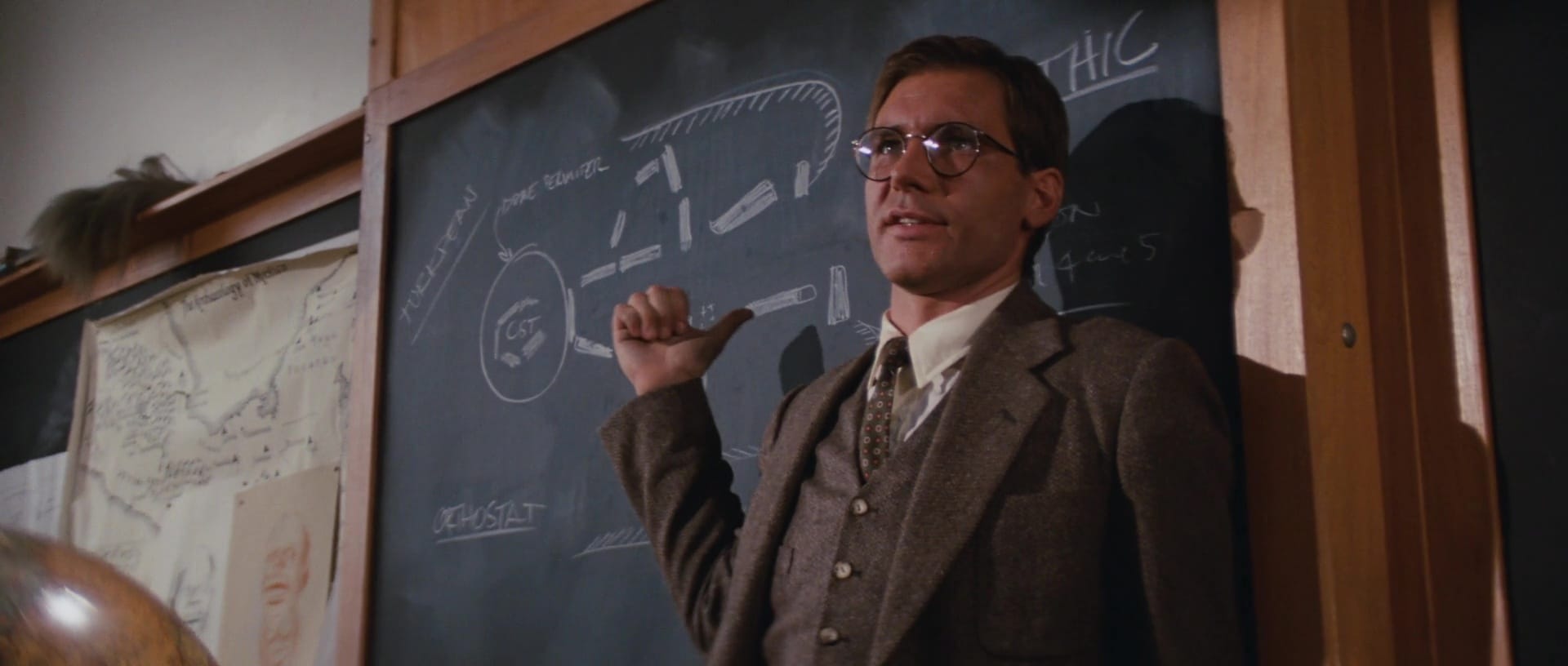
These men tell him they have intercepted communiques from the Nazis, who are busy excavating the ancient and long-buried city of Tanis, Egypt, and that one communique mentions Dr. Jones' mentor Abner Ravenwood. From this, Indy is able to deduce that the Nazis are after the Ark of the Covenant, a biblical relic that supposedly contains the Tablets of the Law, through which God delivered the Ten Commandments to Moses at Mount Sinai. The Ark is purported to be an object of immense power, an object which Adolf Hitler, long a believer in occult mythology, believes will make his army invincible. And so... Dr. Jones is recruited for an important mission:
Beat the Nazis to the Ark.
In order to do this, Indiana needs a medallion which holds the key to the Ark’s location, the fabled headpiece to the Staff or Ra, and if anyone has it, it would be Abner Ravenwood. Last Indy heard, Abner was in Tibet. But after flying to Patan, Nepal, and journeying all the way to the snowbound saloon known as the Raven, he doesn’t find Abner, he finds Marion Ravenwood instead, Abner's hard-drinking and tough-as-nails daughter, and also a former girlfriend Indy unceremoniously dumped and ghosted a few years back.
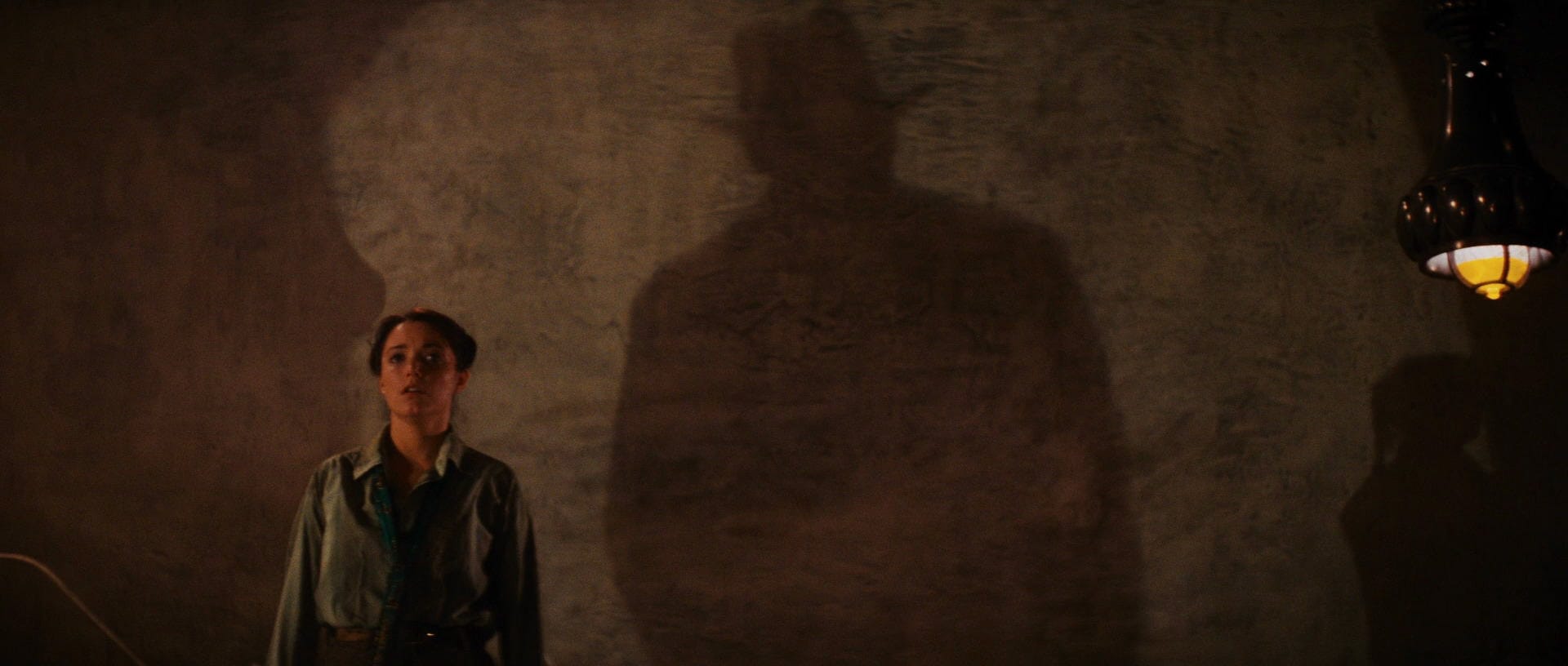
She’s still mad at him.
But too bad for Marion, a bunch of Nazis showed up first. They’re looking for the medallion too, and they’re willing to kill Marion for it. Luckily Indy shows up and saves her, but he burns down her bar in the process. Marion demands to be paid for the damages, which means that if Indy wants the medallion, then Marion is coming with him until she gets her money.
Also, they still have feelings for each other, but for the moment, they refuse to admit this, and instead pretend like they're mad at each other.
Next stop… Cairo, where Dr. Jones's friend Sallah joins them. From Sallah, Indy finds out that Belloq is working with the Nazis, and they have a replica medallion built from the burn on Nazi enforcer Herr Toht's hand. But through an old Iman, they discover that the Nazis don’t have all the information, so they sneak onto the site, find the right spot, dig up the Ark, and then try to sneak off with it, but they’re discovered. Then there’s a whole bunch of two-fisted high adventure, until finally Dr. Jones is able to recapture the Ark.
Hiding aboard a smuggler’s ship with the Ark, they are overtaken by a Nazi U-boat, who seize the Ark and Marion. Jones somehow boards the U-boat in a way that has never really been clear, and is probably best ignored. The U-boat heads to a secret island base in the Aegean Sea, where Belloq intends to open the Ark, just to make sure it works, before presenting it to Hitler.
After that, well… the bad guys are wiped clean by the Wrath of God.
Back in D.C., the government gives Dr. Jones the brush off, claiming they already have "top men" studying the Ark. But in a vast warehouse in an unknown location, we see that it has actually been crated up and stored away amongst countless other anonymous crates, all of them possibly holding some strange and unknown mystery.

This film bounds from the jungles of South America, the snowy mountains of Tibet, the endless deserts of Egypt, a hidden submarine base on an isolated Aegean island, multiple lost temples, and the campus of a Connecticut college. It has evil Nazis, slimy gravediggers, drunken Sherpas, and scheming Frenchmen, all while dodging spiders and snakes and runaway boulders, hidden spears that seem to be triggered by some kind of ancient light-based tripwire, collapsing temples, burning airplanes, and runaway trucks.
And that truck is central to one of the best chase scenes to ever appear on film.
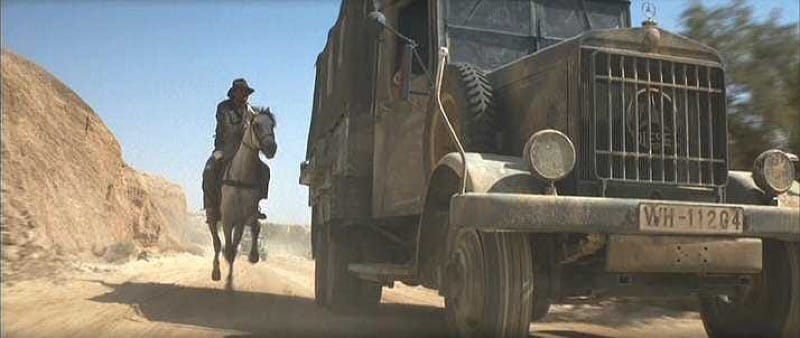
But what really sells the film is its sense of humor.
Indiana Jones as a character is capable, smart, confident, and daring. He’s a charming rogue with a quick smile and a quicker wit, while taciturn and stubborn, and a clenched-jaw, two-fisted adventurer. At the same time, he’s also very clearly flying by the seat of pants, very clearly dealing with the continual threats and traps he finds lying before him with a “well… fuck it, let’s hope this works” approach that somehow makes him relatable, even though he’s doing something incredible at the time, like hanging off the side of a speeding truck and slowly de-Nazi-ing it, one Nazi at a time.
And of course, he really hates snakes.
That’s super relatable.
And while, yes, it’s true, Dr. Jones is 100% an agent of colonialism, blithely traversing the world with the full intent of robbing the graves and holy places of indigenous cultures, and all in the name of “preserving history,” which means saving it from the savages from whence it came, all so the wealthy and privileged have something to gawk at while strolling idly on a Sunday afternoon, BUT… he also never misses a chance to punch the shit out of Nazis, so y’know… ups and downs, strikes and gutters.
One particular gutter is the fact that Jones and Marion’s background is... weird. It’s not quite in the movie, as I recall, but it's at least implied heavily that Indy and Marion first dated when she was a child. "I was a child! I was in love! It was wrong and you knew it!" Marion says angrily. To which, Jones simply replies, "You knew what you were doing."
So, that’s weird, right? And kind of gross and creepy.
The "Making of the Film" lore says George Lucas originally intended Marion to have been 11 when they first dated, which is so weird and gross, I just can’t believe that it’s true. Also according to the lore, Spielberg responded “she better be older.” In the novelization, she was 15 when they first “had a relationship” so I guess that was the compromise, which is… yeah. Yuck. Especially since Indy is like... ten-ish years older than her.
Of course, this never actually happens on screen, and they’re also fictional characters, but still… what the fuck? The way the implication is still in the film, even though it’s never clear and very blink-and-you’ll-miss-it, makes me wonder if Lucas really wanted this particular detail, and the others tried to cut it as much as they could without him noticing. But I don't know anything for sure, that's just me speculating. Either way, it's definitely a sour note, one that is way too common in genre fiction too, and is really a reflection of the men who create it. I don't believe they're all pedos necessarily, more that it's a hallmark of their own immaturity, of how they are big man-babies, and the sting of being a huge nerd as a kid and never getting to date the popular girl has twisted and curdled within them (Hello Joss Whedon). At this point, I treat this kind of shit the same way I do when reading something like the Game of Thrones books, I just automatically age all the young characters up five years in my head, and move on.
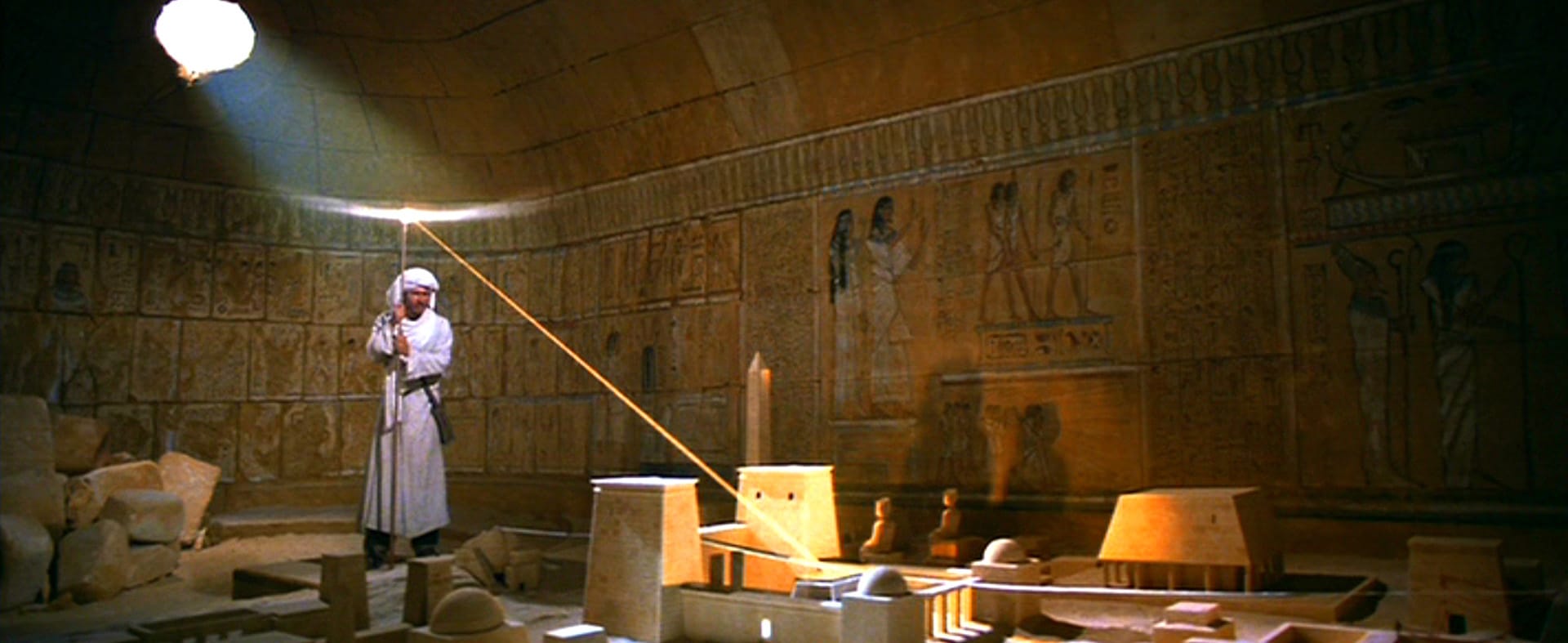
But weird little blip of a sour note or not, this is still a beautiful cinematic symphony. It's an incredible movie, one that defined an era and a generation, one that is maybe the best example of the magic that Spielberg and Lucas were capable of at their peak. Raiders of the Lost Ark is the type of film that comes along maybe once or twice a generation.
It's fantastic.
